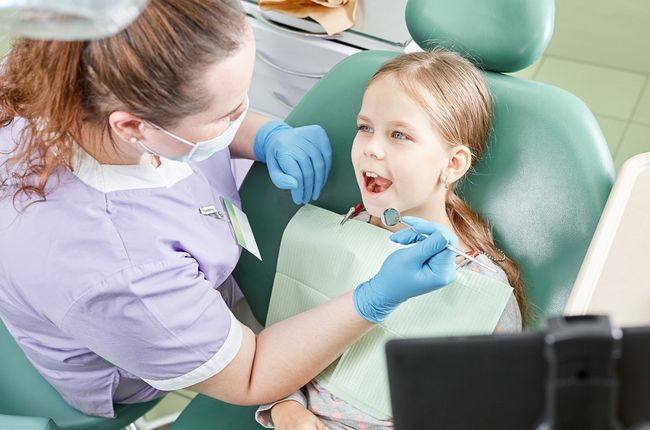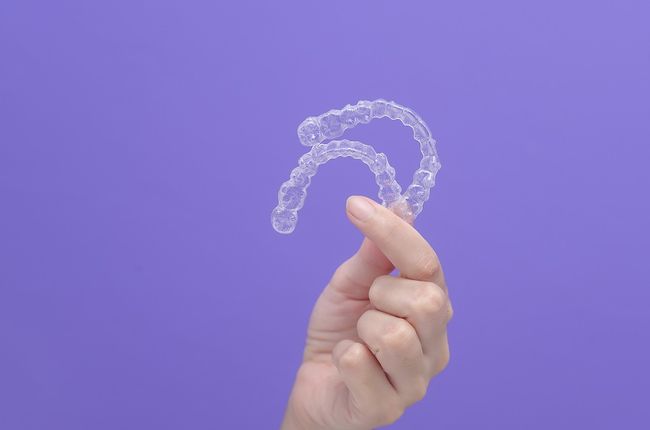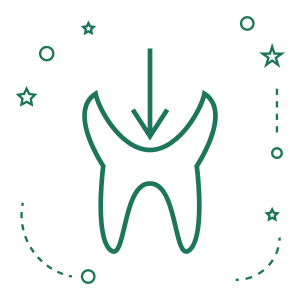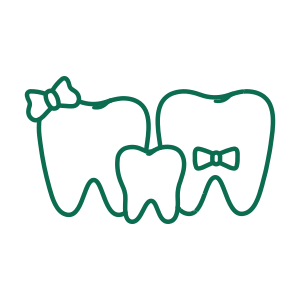Are you considering single tooth dental implants in Seattle, WA? If so, you're likely familiar with the importance of a solid foundation for your new smile. Bone grafting plays a crucial role in ensuring that your dental implant not only fits well but thrives long-term. Many patients overlook this essential step, assuming that their jawbone will be sufficient to support an implant. However, bone loss can occur due to various reasons, including missing teeth and periodontal disease.
Understanding bone grafting techniques is vital for anyone looking to achieve lasting success with their dental implants. This guide will walk you through everything you need to know about these procedures—from what they are and why they're necessary to recovery tips and potential complications. Whether you're just starting your journey or have already scheduled your procedure, we’ve got the insights you'll need along the way!
Types of Bone Grafting Techniques
Bone grafting techniques vary to suit different patient needs and implant requirements. The most common methods include autografts, allografts, xenografts, and synthetic options.
- Autografts utilize bone harvested from the patient's own body. This method often provides optimal integration since the body recognizes its own tissue best.
- Allografts involve using donor bone from a cadaver or a tissue bank. These are rigorously screened for safety and effectiveness.
- Xenografts come from animal sources, typically bovine. They offer an alternative when human-derived materials are not suitable.
- Synthetic grafts use biocompatible materials designed to stimulate new bone growth naturally. They present a versatile option for those concerned about biological grafts.
Each technique has distinct advantages and considerations that your dental professional will discuss with you during the planning process for single tooth dental implants in Seattle, WA.
Importance of Bone Grafting for Dental Implant Success
Bone grafting plays a critical role in the success of dental implants. When there isn’t enough bone density, implants may fail to integrate properly. A solid foundation is essential for stability and longevity.
The procedure enhances the jawbone's structure, allowing it to support single-tooth dental implants effectively. This added volume creates an optimal environment for osseointegration—the process where the implant fuses with the bone.
Moreover, bone grafting can prevent further bone loss over time. It preserves facial structure and function while reducing complications associated with inadequate bone.
Patients often feel more confident knowing they have a secure base for their restoration. Investing in this preliminary step leads to better outcomes and satisfaction in your dental journey. Contact us to learn more.
Recovery Process and Post-Procedure Care
After a bone grafting procedure, your body needs time to heal. Expect some swelling and discomfort in the treated area. Pain management can typically be handled with over-the-counter medications.
- Follow your dentist's instructions closely. They may recommend specific antibiotics or pain relievers to aid recovery. Maintaining good oral hygiene is crucial, but be gentle around the surgical site.
- Soft foods are your best bet for the first few days post-procedure. Think smoothies, yogurt, and mashed potatoes—anything that requires minimal chewing helps prevent strain on your mouth.
- Regular follow-ups with your dental professional will help monitor healing progress. These visits ensure everything is on track for the successful integration of the graft before moving forward with single-tooth dental implants in Seattle, WA.
- Pay close attention to any unusual symptoms like excessive bleeding or fever; these could indicate complications requiring immediate care.
Common Risks and Complications
Like any medical procedure, bone grafting comes with its share of risks and complications.
- One common issue is infection at the graft site. This can lead to delays in healing or even implant failure.
- Another concern is the possibility of graft rejection. The body may not accept the transplanted material, causing discomfort and requiring further intervention.
- Additionally, nerve damage can occur during surgery, leading to numbness or tingling in surrounding areas. These sensations might be temporary, but could also become chronic.
- Sinus issues are another potential complication for upper jaw procedures involving sinus lift techniques. Patients may experience sinus infections or other respiratory problems as a result.
- Improper integration of the bone graft with existing tissue can hinder overall success rates for single-tooth dental implants in Seattle, WA. It's essential to discuss these factors thoroughly with your dentist before proceeding.
Alternative Options to Bone Grafting
For patients seeking alternatives to bone grafting, a few options may be available.
- One such option is the use of dental implants with shorter lengths. These can anchor into existing bone without requiring additional grafting material.
- Another possibility lies in using synthetic materials or biologic scaffolds that encourage natural bone growth. These materials can stimulate regeneration while minimizing surgical intervention.
- Additionally, guided tissue regeneration (GTR) techniques involve placing barriers that prevent unwanted cells from entering the healing area. This promotes focused growth of bone and gum tissues around the implant site.
- Patients may also consider augmentation methods that employ local anesthesia and minimally invasive procedures for faster recovery. Discussing these alternatives with a qualified dentist is essential to determine which approach is most suitable based on individual needs and circumstances.
Conclusion: The Benefits of Bone Grafting for Long-Term Dental Health
Bone grafting plays a crucial role in the success of dental implants, especially for those seeking single-tooth dental implants in Seattle, WA. This technique addresses issues like insufficient bone density, ensuring that your new implant has a solid foundation.
The benefits extend beyond just immediate aesthetics; they contribute to long-term oral health. By restoring bone structure, you improve functionality and prevent further deterioration of adjacent teeth and gums.
Moreover, patients often experience enhanced confidence with restored smiles. It's not just about filling a gap; it's about investing in your overall well-being through improved dental stability.
Choosing to undergo bone grafting can significantly enhance the longevity of your implant and promote better oral hygiene practices down the line. Embracing this procedure means prioritizing both current needs and future health challenges related to tooth loss.
If you would like to avail of our dental services, visit Oak Tree Dental Care at 10004 Aurora Ave N, Suite 14, Seattle, WA 98133, or call dentists in Seattle, WA at (206) 363-4300 to schedule an appointment.















